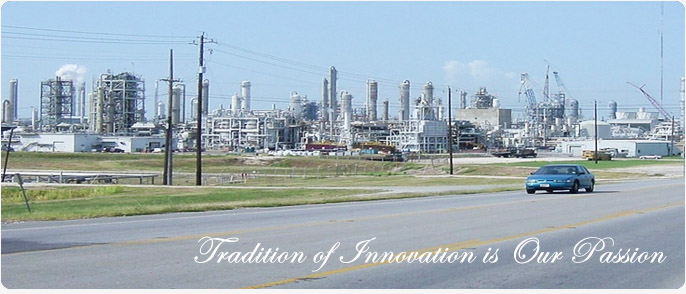
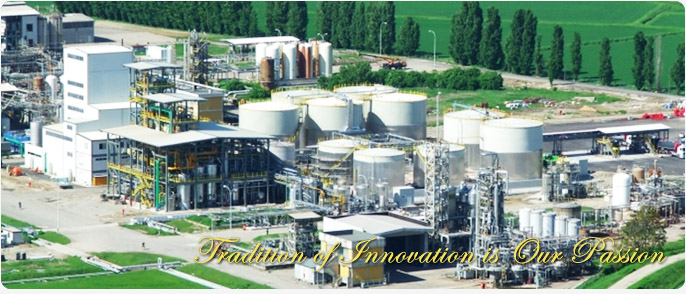
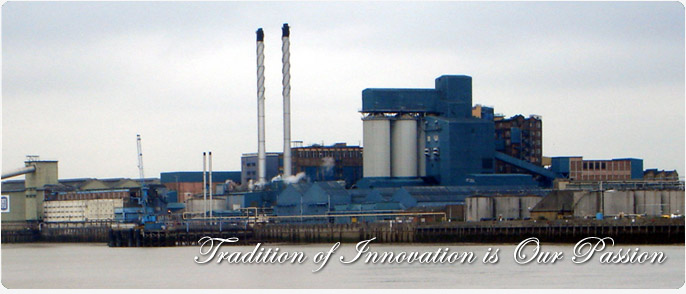
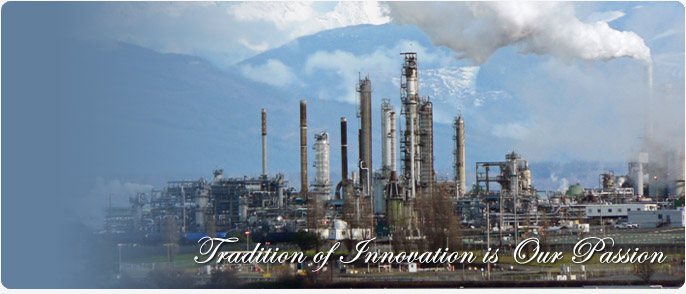


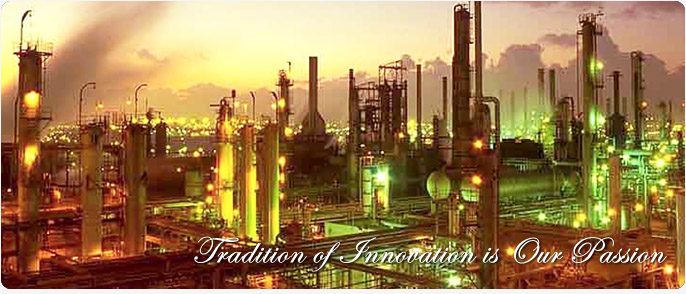
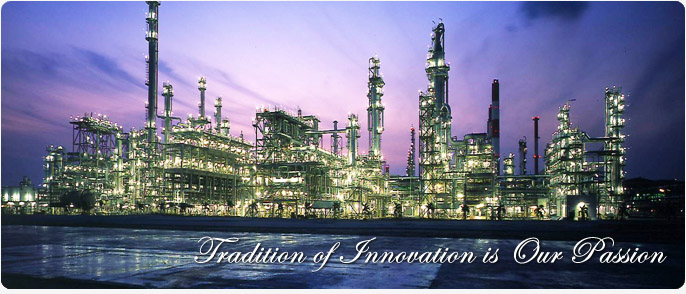
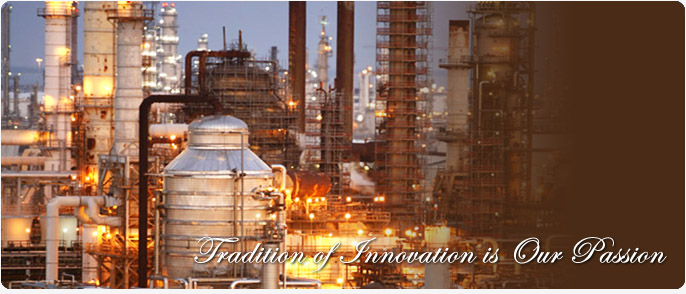
Integrasi model, optimasi, sintesa dan pengendalian proses pada sistem industri
4 January 2011
Pengantar
Didalam operasi pabrik kimia dikenal lima macam kondisi operasi:
- Start up, yaitu kondisi dimana pabrik mulai dioperasikan setelah mengalami perbaikan tahunan,
- Normal, merupakan kondisi setelah start up selesai yang ditandai dengan terpenuhinya spesifikasi produk seperti yang diinginkan,
- Shutdown, yang merupakan kondisi menghentikan pabrik sesuai dengan prosedur sampai pabrik benar-benar berhenti karena perlu adanya perbaikan,
- Emergency, yaitu kondisi tidak lazim yang memerlukan tindakan cepat dan tepat untuk menghindari tingkat resiko yang lebih tinggi, dan
- Malfuction, yaitu kondisi dimana unit operasi tidak berfungi sebagaimana mestinya.
Kelima kondisi diatas tidak bisa dicobakan pada saat pabrik berjalan normal, khususnya bagi operator baru saat on-the-job training. Untuk itu diperlukan simulator (perangkat lunak) untuk memprediksi fenomena pada kondisi tersebut. Simulator ini di industri dikenal dengan OTS (operator training simulator). Tampilan OTS sama seperti fitur-fitur yang ada pada layar human machine interface DCS (distributed control system) pada pabrik kimia.
 PSE research group telah berhasil mengembangkan OTS dengan model dinamis yang merupakan pengembangan integrasi model, optimasi, sintesa dan pengendalian proses pada sistem industri yang diberi merek dagang INSCITRON.
PSE research group telah berhasil mengembangkan OTS dengan model dinamis yang merupakan pengembangan integrasi model, optimasi, sintesa dan pengendalian proses pada sistem industri yang diberi merek dagang INSCITRON.
Sistematika INSCITRON terdiri dari main server, data base server yang berfungsi untuk menghitung dan menyimpan data. Disamping itu terdapat instructor station dan engineer/operator station yang dihubungkan dengan switch seperti yang terlihat pada Gambar 1.
Gambar 1. Sistematika INSCITRON
Tampilan INSCITRON
Tampilan INSCITRON sama persis seperti yang ada pada control panel dalam control room yang ada di industri kimia. Beberapa contoh tampilannya dapat dilihat pada Gambar 2.
 |
 |
Gambar 2a. Beberapa contoh tampilan INSCITRON
 |
 |
Gambar 2b. Beberapa contoh tampilan INSCITRON
Kelebihan INSCITRON
PSE research group bekerjasama dengan perusahaan yang dimiliki oleh Jurusan Teknik Kimia FT UGM telah bekerjasama dengan salah satu pabrik kimia terbesar di Indonesia yang ada di Kalimantan Timur. Dari hasil diskusi dengan beberapa pakar sebagai pengguna disampaikan beberapa kelebihan INSCITRON seperti:
- Process model menggunakan prinsip chemical engineering tools: neraca massa, neraca panas, keseimbangan dan proses kecepatan, sehingga model yang dihasilkan merupakan model dinamis
- Dapat berfungsi sebagai OTS seperti yang saat ini dipakai di beberapa industri, yaitu mempelajari fenomena dan karakter proses pada kondisi startup, operasi normal, shutdown, emergency dan mulfuction.
- Dapat dipakai mempelajari “know-how” proses yang ada disetiap unit operasi.
- Dapat dipakai mempelajari perubahan spesifikasi produk seandainya terjadi perubahan spesifikasi bahan baku.
- Dapat dipakai oleh process engineer (PE) untuk melakukan audit proses, optimasi proses dan audit energi.
- Layanan purna jual terjamin, karena tim PSE research group siap melakukan modifikasi seandainya pada industri pengguna melakukan modifikasi proses.
- Dapat dipakai untuk melakukan inovasi proses dengan mengubah-ubah design variabel proses (kapasitas pabrik, ketersediaan energi, kondisi operasi dll).





